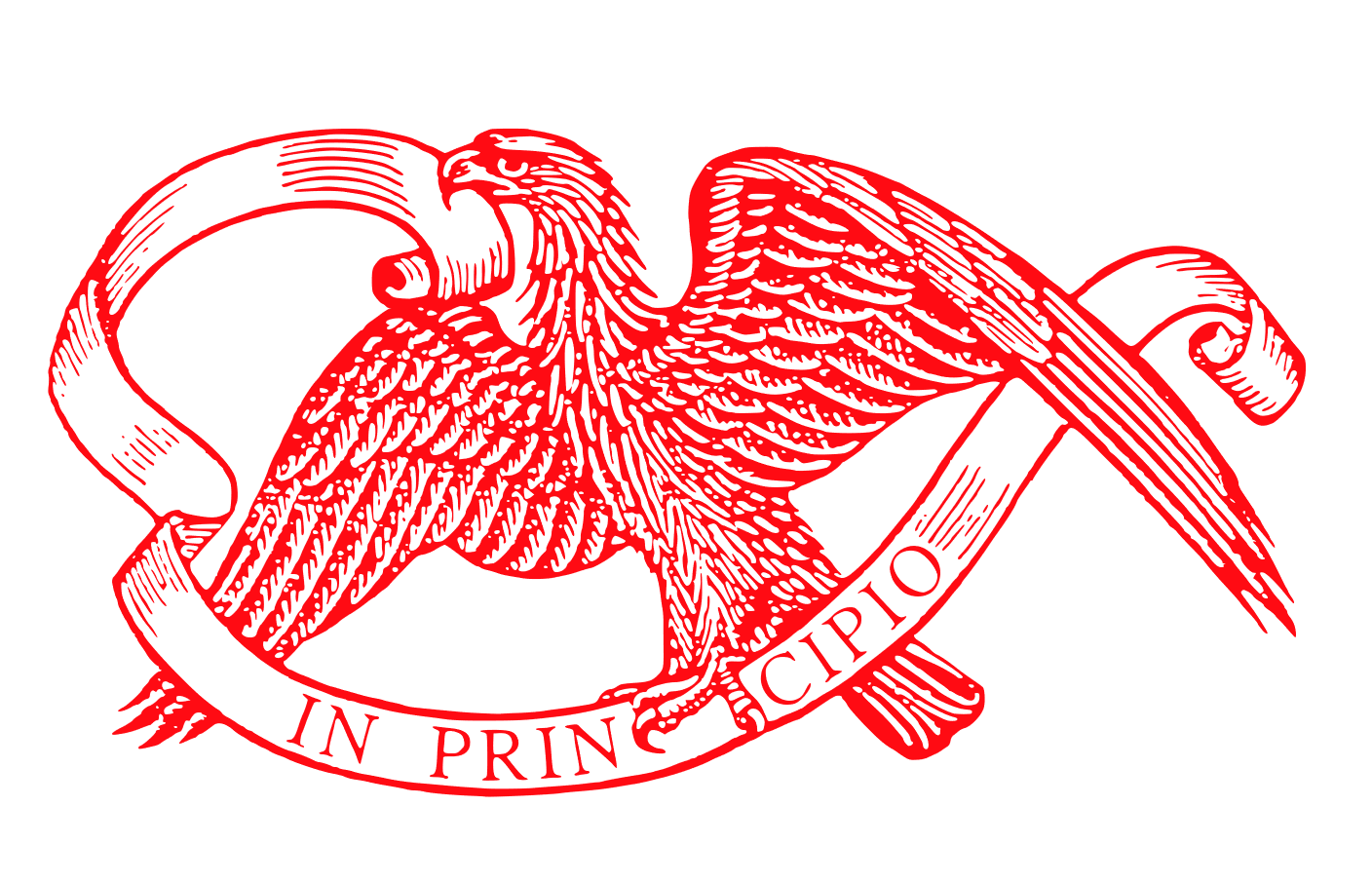The Tabernacle
I have been going through the centennial book put out by St. John’s in 1961, and it is brimming with interesting anecdotes about the parish.
The Tabernacle shrouded and open on St. Anne’s Altar
I was especially interested by a notice from around the end of the First World War outlining the specifics of the Tabernacle erected in St Anne’s Chapel during the ‘flu epidemic of 1918:
The Tabernacle is made of quartered oak after a design that harmonizes with the grating on the altar in the Lady Chapel. The outer walls are inlaid with crosses made of
1. Teak from the battered hull of H.M.S. Agamemnon, and
2. Thirteenth-century Oak from the shell-shattered stalls of Ypres Cathedral.
The first recalls the Victories won by Nelson at Copenhagen and Trafalgar; the second commemorates the magnificent valour of Canada’s sons at Ypres when they ‘saved the day’ for Great Britain and her Allies. One of the inner walls bears an Agnus Dei carved by the hands of a skilled Craftsman. Inlaid in the Floor of the Tabernacle is a throne for the Blessed Sacrament older than all other thrones in the Churches of Christendom. It is made from cedar grown in the forests of Lebanon, Syria. From Lebanon the cedar was transported to Hawara, Egypt (the ancient labyrinth near Fayoum) during the reign of Thothmes III (1503-1449 B.C.), a reign that witnessed the building of the great Karnak Temple (1 1/2 Miles in Circumference) and the erection of the Obelisk that now stands on the Thames Embankment, London, England. From Hawara the cedar was brought to Montreal in the Diamond Jubilee Year of Queen Victoria. It is older than the Christian Church, older than the Temples of Herod and Solomon, older than the Tabernacle in the Wilderness, older than the Bible. Deposited beneath the cedar is a box of sterling silver gilt containing:
1. a bit of stone from the city (now happily and forever delivered from Turkish domination and oppression) in which the Holy Communion was instituted, the Christian priesthood established, and the Holy Catholic Church founded;
2. Gold, frankincense, and myrrh (commemorative of the gifts brought to Christ by the Gentile Magi); and
3. A small portion of the incense burned in St John’s Church on November 17, 1918, at the Solemn Eucharist for Victory and Peace.
The Tabernacle closed and showing the wooden construction on the altar
Who knew the seemingly humble Tabernacle is composed of such august materials? I apologize if this is all old hat to some of you; I certainly found it quite remarkable!


